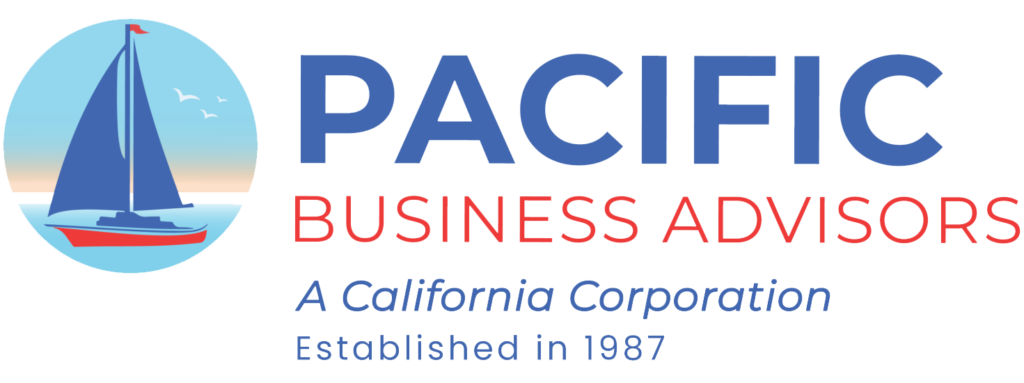

Asset Protection - What You Need to Know
Asset Protection Strategies should be thought of as a vaccine rather than a cure. Asset Protection Strategies can be highly effective at preventing future claims by creditors, but have serious limits in dealing with current creditor claims.
California, like most states, has a Fraudulent Conveyance Act that essentially states that transferring assets to hinder, delay or place them beyond a creditor's reach, is presumed to be a fraudulent conveyance and that such a transfer will not be effective against the creditor. Such conveyances can be set aside by a court.
In order to reduce the possibility of a successful claim by a creditor that a prior transfer was fraudulent, and Asset Protection Plan should be part of an overall Estate Plan and should be implemented long before problems develop with creditors.
Asset Protection Plan - Goals
The first step in an Asset Protection Plan is to discourage a plaintiffs lawyer from wanting to sue you on a contingency basis. This involves:
- Making it extremely difficult for the attorney to locate your assets, and
- Convincing the attorney that any assets that are found, will be either very difficult, or impossible to reach.
It is important to note that generally lawyers will represent plaintiffs on a contingency basis only if they can reach significant assets. Otherwise, they are likely to insist that the plaintiff pay hourly. With hourly rates ranging from $300 to $400, or more, the hourly rate will discourage many would-be plaintiffs from filing suit.
If it is not possible to avoid being sued, and insurance is not available or adequate, the next step is to encourage the plaintiffs lawyer to settle for pennies on the dollar after he or she realizes how difficult or impossible it will be to reach any assets.
In addition, it is important to make certain that the plaintiffs attorney cannot collect anything if he or she prevails in court.wanting to sue you on a contingency basis. This involves:
Asset Protection Concepts - Basics
- Isolate or insulate assets by conveying them into different entities, whenever possible. These entities would include Corporations, Limited Liability Companies and a Family Limited Partnership. Family Limited Partnerships are especially effective because, absent a fraudulent conveyance, a creditor of a partner has no legal claims to property of the partnership.
- Do not let excessive assets accumulate in your business corporation or LLC.
- Observe corporate formalities if you do business in a corporation or LLC.
- Avoid General Partnerships, Tenancy in Common ownership, and handshakes. These can lead to unlimited liability for the debts of the business or the negligent acts of a co-owner.
- Avoid financial guarantees for others in any form. This includes loans, leases and other obligations.
- Do not make your spouse an officer or director of a corporation used for business unless absolutely necessary.
- Do not title your assets directly in your name. Remain stealth.
- Purchase your insurance from a competent broker. Have your attorney, or a competent insurance consultant review the policies. Transfer risk whenever possible.
- Transfer risk to others by means of broad form indemnification agreements when possible.
- Always utilize a Buy-Sell Agreement if you co-own a business with one or more persons.
- Always obtain competent legal advice before making important business decisions.
- Remember, while Revocable Living Trusts are excellent estate planning tools, they provide absolutely no asset protection.
- Do not misclassify employees as independent contractors.
- In addition to everything described above, asset protection should also include protecting you, your family, the personal property in your home, and your home itself from burglaries, robberies and other criminal conduct.
- Maximize your assets in Self-Directed IRA-401K Accounts.
Your personal Wealth is No Longer Safe in America
Without Asset Protection - You Could Be destroyed Financially
Any of these events could leave you in debt and without a dime:
- Catastrophic medical bills
- An enormous tax bill including penalties and interest following an IRS or FTB audit
- A professional malpractice lawsuit
- Claims from creditors if your business should fail
- An injury or negligence claim that exceeds your insurance coverage
- A claim where your insurance company denies coverage
- Seizure of your assets, including your home, without a trial or due process, by United States Government agencies with forfeiture power
- Large fines for violating state or federal law caused by the actions of a partner, employee or agent
- Lawsuits from business partners, an out of state franchisor, employees, or your spouse
- You find yourself in court and have the O.J. Jury rule against you
Like all of the articles on this website, this article is provided for educational purposes only and does not constitute legal advice. Only a licensed attorney can provide legal advice. Contact us is you need a referral.
Chapter 11 Bankruptcy - Reorganization
Systematic and Unsystematic Risks to Businesses
PacificBusinessAdvisors.net
Office: 818-991-5200
Direct: 818-991-9019